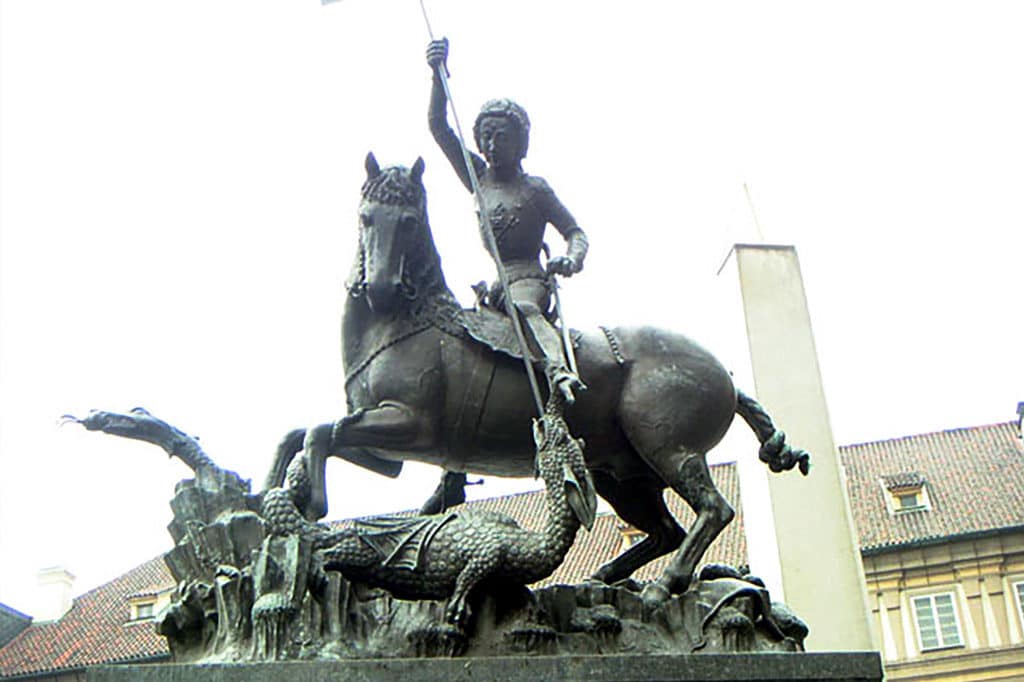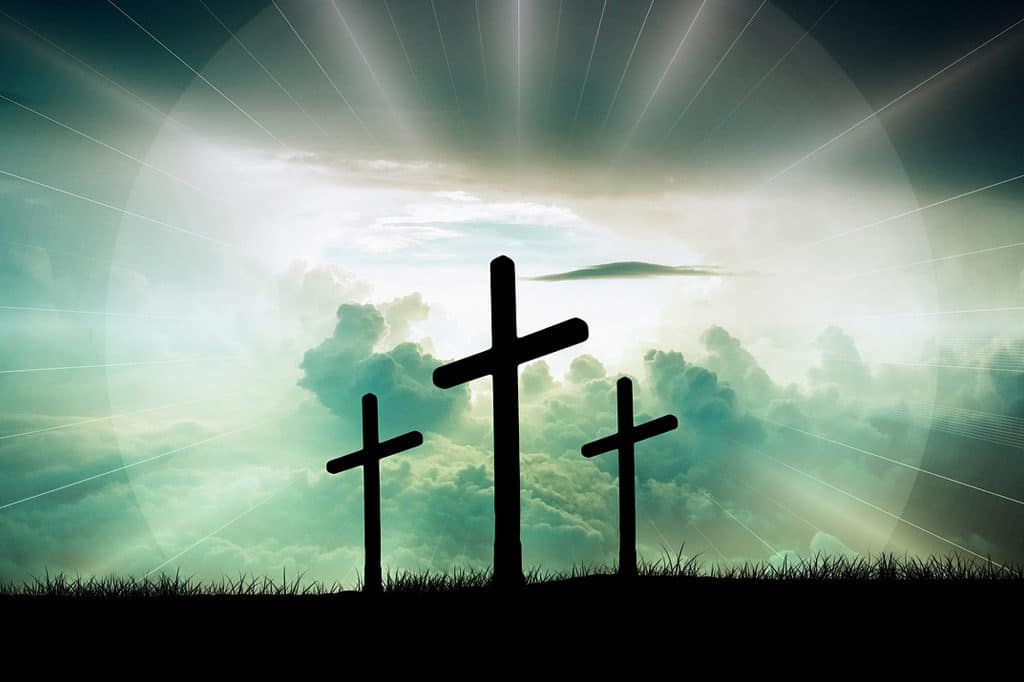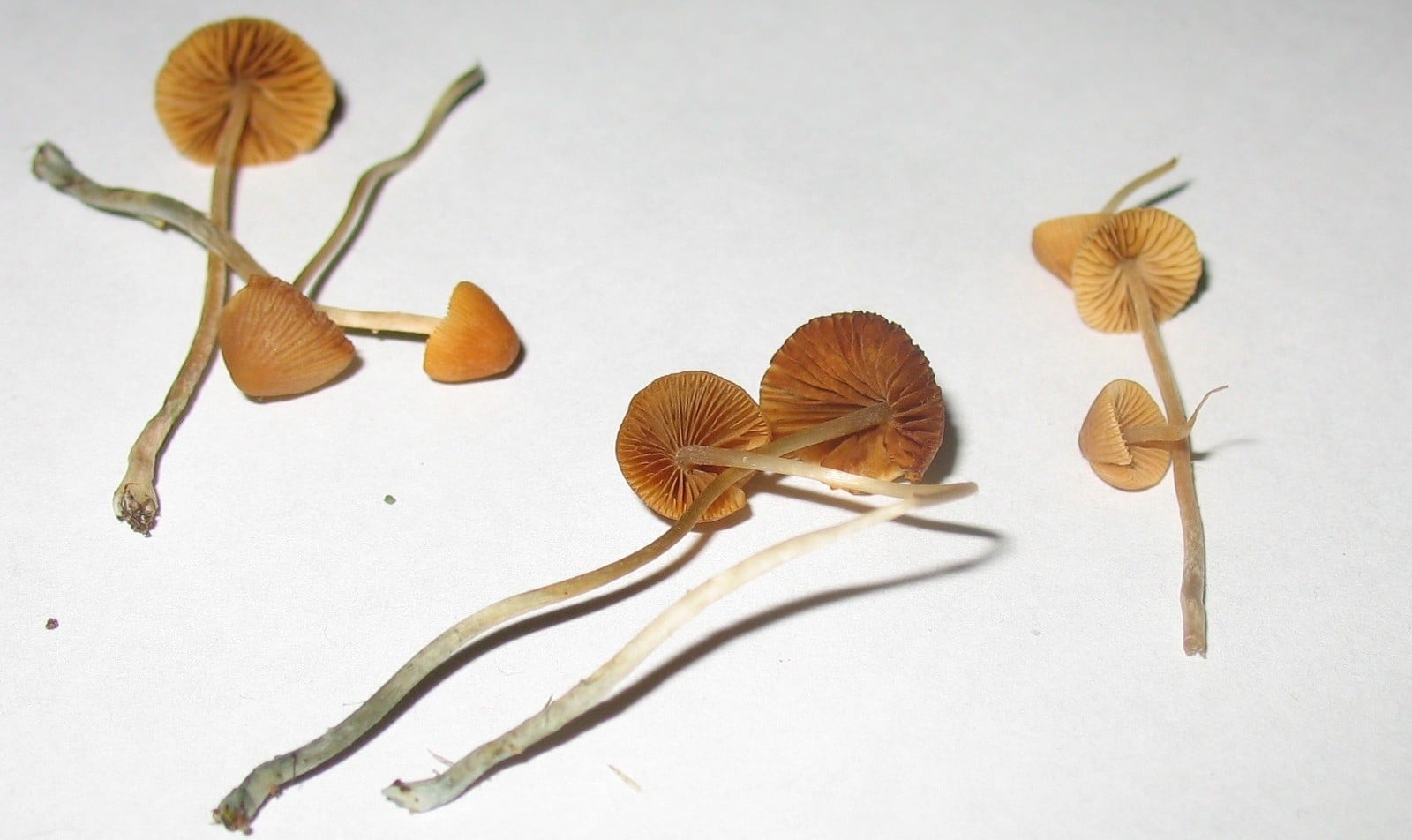As Jerry and Julie Brown reveal in their new book The Psychedelic Gospels: The Secret History of Hallucinogens in Christianity, psychedelic mushrooms like Psilocybe cubensis and Amanita muscaria very likely played some role in early Christianity, and quite possibly a very important one. As I read through their book and saw all the stunning visual evidence and compelling written and historical supporting evidence, I couldn’t help but wonder how psychedelic mushroom rituals were embedded in the early church, and how alien that juxtaposition seems today in what is, generally speaking, a very conservative and non-psychedelic-friendly major religion. Was there something categorically different about the early church that was friendly to its members generating the divine within through entheogens? If so, what changed and why?
To shed light on these questions, I spoke with Jerry Brown, Ph.D. as part of our ongoing conversation about The Psychedelic Gospels.
Thank you again for speaking with us on this fascinating subject, Jerry. Would you argue that psychedelic mushroom initiations were hidden rites in early Christianity, which over time went from something willfully kept in secret, to something that became suppressed by the church orthodoxy?
I would say yes to the first part of your statement, but I don’t think the orthodoxy tried to keep this suppressed at first. Once we saw this compelling evidence from central France, we had to stop and ask ourselves “What’s really going on here?” Is this a marginal Catholic mushroom cult? Are these renegade hippy priests frolicking in the forests of central France far from the control of the church and the king? We decided we had to go to the high holy places of Christendom to find out. We have to go to places like Canterbury Cathedral, Chartres Cathedral, and St Michael’s Church.
For many of these churches, we know what kind of religious order built the church and who funded the artwork and the windows, but we don’t know exactly who made them. For St. Michael’s, we know it was built by Bishop Bernward, who was a very prominent figure. He was the orthodoxy of the Catholic church; he was the tutor to Otto III, the Holy Roman Emperor; he was made a bishop at a young age, and after his death he was sainted. So this is as mainstream Catholic as it gets. He was a brilliant man: he was a church builder, a metallurgist and a mathematician, and he cast two magnificent pieces of work- a large 13 ft. high double bronze door that depicted Genesis and the life of Jesus in a number of scenes, and then inside he created a Christ Column cast in bronze over 2 ft. in diameter and 12 ft. tall, depicting a series of scenes from the Bible.

Transfiguration of Jesus, Christ Column, 1020, Saint Michael’s Church, Hildesheim, Germany. Photo by Julie M. Brown
There are 23 scenes, and in 5 we have documented very prominent psilocybin mushrooms. One of these is the Transfiguration of Jesus, and it is such a significant scene because it is one of the two times in the Bible where a miracle happens to Jesus, the baptism by John being the other. In this scene, the Old Testament prophets appear and confirm his lineage, and while he is standing there with his disciples on his side, under him are very prominent psilocybin mushrooms. God says “This is my son, hear him well, so he is being anointed quite well.” This was not suppressed by the orthodoxy. The suppression doesn’t really happen until the time of the Inquisition.
Ah, that makes so much sense. So the Inquisition created a sea change in the church and huge wave of backlash against anything resembling paganism?
The Black Plague, in a very short period of time, wiped out conservatively ⅓ the population of Europe. The Church was supposed to have the ‘hotline’ to God, but they couldn’t protect anybody. So they first blamed it on the Jews, then they blamed it on the lepers, but the plague kept going. Then they blamed it on the witches, the wise women who were a repository of wisdom in medieval peasant Europe, who knew about herbs and medicines and aphrodisiacs and healing arts, and knew about psychedelics too. And this is the time when things get really nasty: tens of thousands of women are burned at the stake, and witchcraft is transformed from being a civil crime to a heresy punishable by death. This is when everything is scrutinized for pagan symbolism, and psychedelic imagery disappears from Christian art from that period on.

Bronze statue of St. George slaying the dragon (representing paganism) with mushrooms resembling Amanita muscaria at the base. Prague Castle, 1373. Photo by Julie M. Brown.
So our basic argument is that psychedelic mushrooms were not suppressed by the orthodoxy at the beginning. Until the period of the Inquisition, we know early church fathers and gnostic gospel church leaders indulged in entheogens. And we believe just as Jesus said, “I have one message for you, my disciples, and another for the people. For the initiated, the wise, then I reveal my secrets.” As with nearly all shamanic and sacred practices, the psychedelic rituals were kept for the initiates. The artwork we point to that depicts psychedelic mushrooms was used as a heuristic guide for people who were being initiated into psychedelics by those who practiced them within the church. We believe this happened up to the High Middle Ages, until the Black Plague and the Inquisition changed everything.
We are very grateful to Jerry Brown for sharing this in-depth look at psychedelic mushrooms in early Christianity. Be sure to check out our first and second interviews with Dr. Brown on this subject, and stay tuned for our final article next week which will shed new light on the role of one of the most influential players in the psychedelic movement: Gordon Wasson.











